Search The Collection
Filter By
Object Type / Material
Geographic Location
Date / Era
Department
Show Only:
- As part of the Met's Open Access policy, you can freely copy, modify and distribute this image, even for commercial purposes.APIPublic domain data for this object can also be accessed using the Met's Open Access API
- Objects with changed or unknown ownership in continental Europe between 1933-1945. Learn more
Showing 1,930 results for Western or Central European
Sort By:
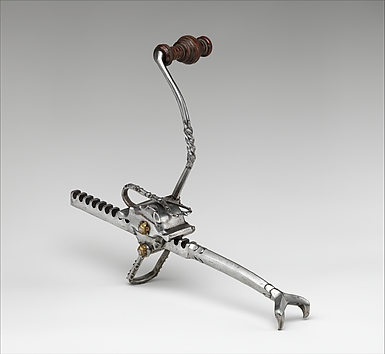
Western or Central European, the Netherlands or Austria
ca. 1505–19

Western or Central European; quiver, possibly German
quiver, probably early 16th century; bolts, 14th–16th century
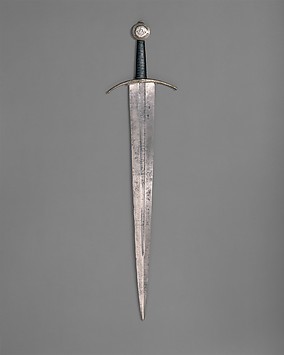
Western European
ca. 1400
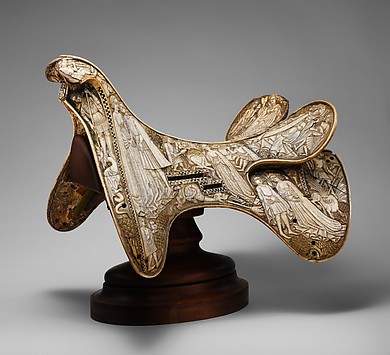
Central European
ca. 1400–1420

Central or Western French
ca. 1150–75
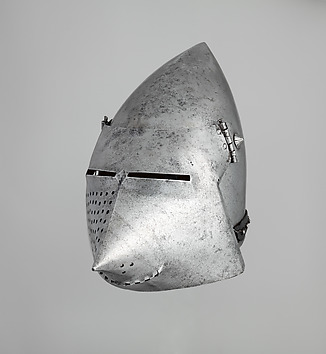
Western European
ca. 1375–1400
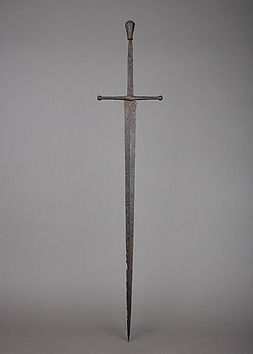
British or Western European
ca. 1400–1450
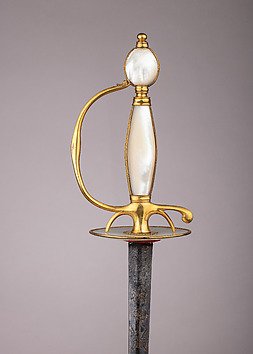
Western European
ca. 1775–90
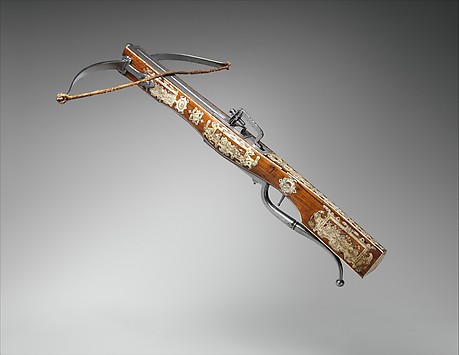
Jacob Floris
ca. 1570–1600
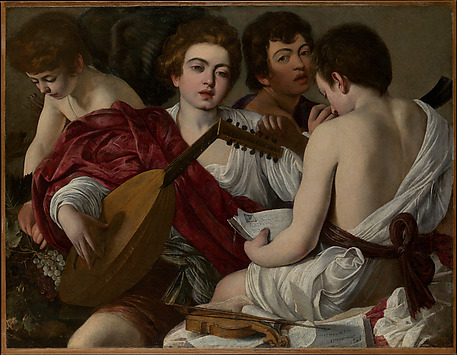
Caravaggio (Michelangelo Merisi)
1597
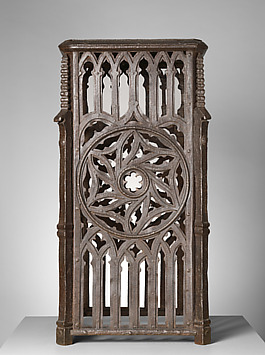
North or Central European
15th century
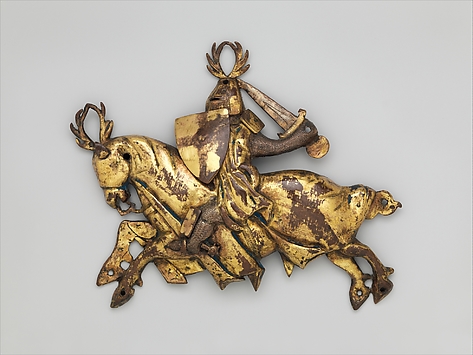
Western European, possibly British
ca. 1300
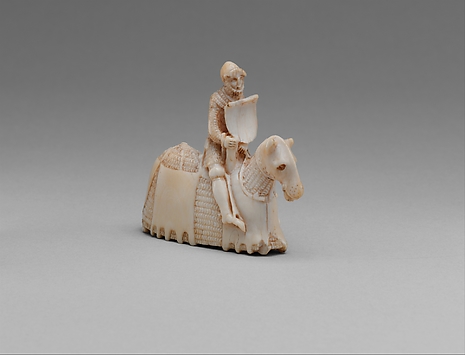
Western European, possibly England
ca. 1350–60
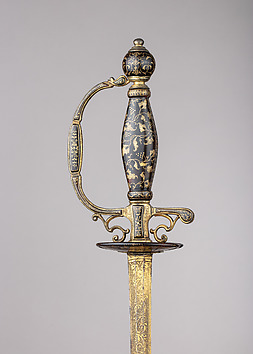
Western European, probably Naples
ca. 1720
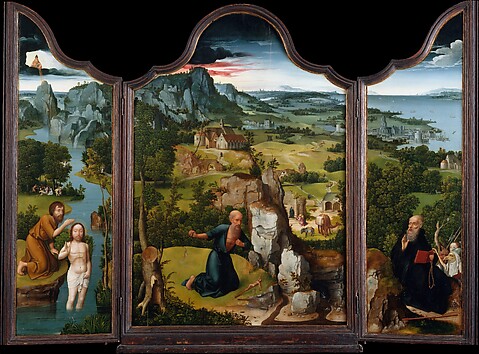
Joachim Patinir
ca. 1515
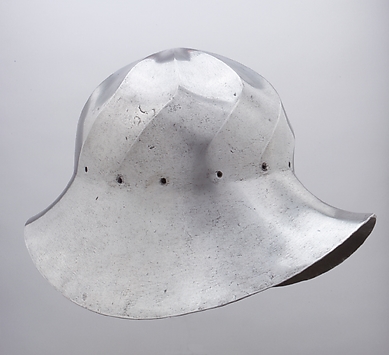
Western European, probably Burgundy or Flanders
ca. 1475
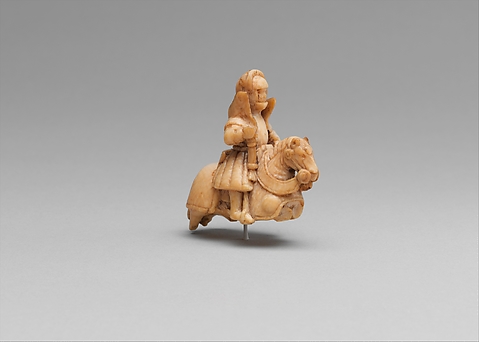
Western European, possibly Germany or England
ca. 1510–30
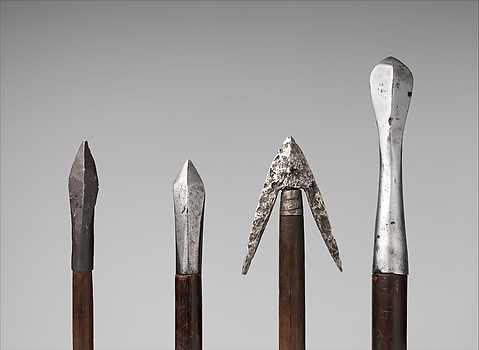
Western or Central European; j, possibly Switzerland
15th–17th century; j, probably 15th or 16th century

Central European, possibly German
early 16th century; 14.25.1576g, probably 17th or 18th century
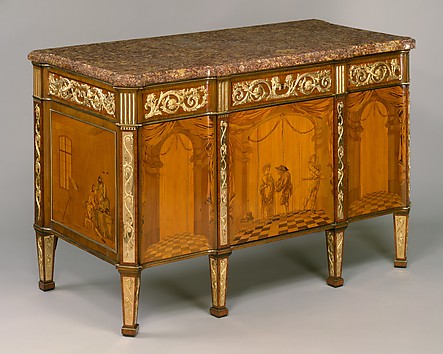
David Roentgen
ca. 1775–79 with later alterations
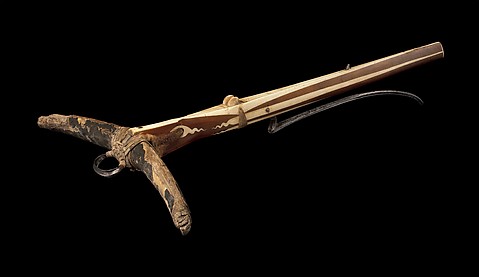
Central European, possibly Austria
ca. 1425–75
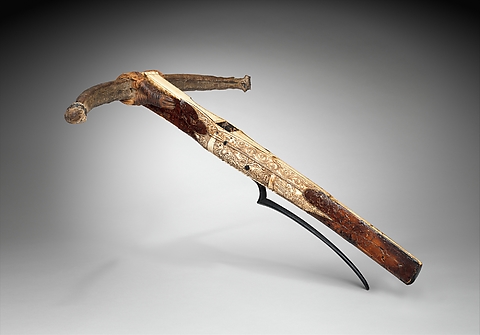
Central or Eastern European, possibly Vienna
dated 1489
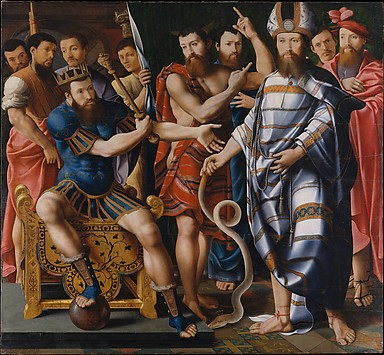
Master of the Dinteville Allegory
1537
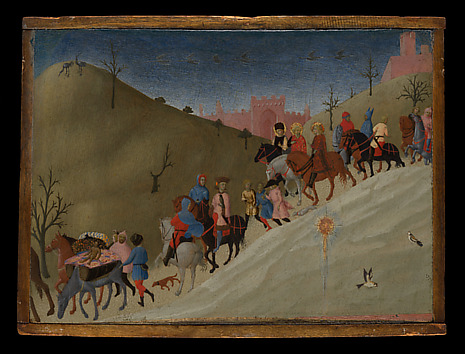
Sassetta (Stefano di Giovanni)
ca. 1433–35
Central European, possibly Germany
probably 17th or 18th century
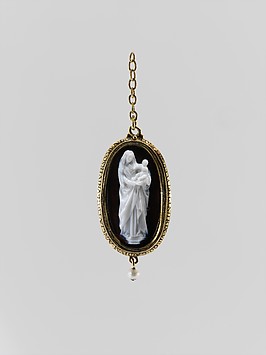
Flemish or Burgundian, and Western European
ca. 1440–50; 19th or 20th century

Western European, Gallo-Roman (found in Vermand, France)
late 4th century
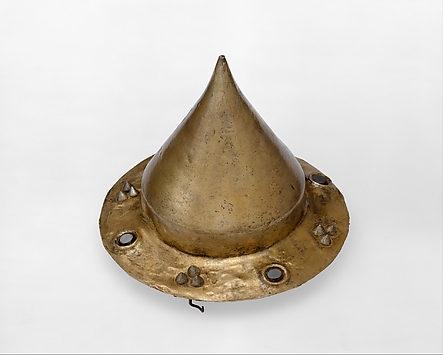
Western European, Gallo-Roman (found in Vermand, France)
late 4th century
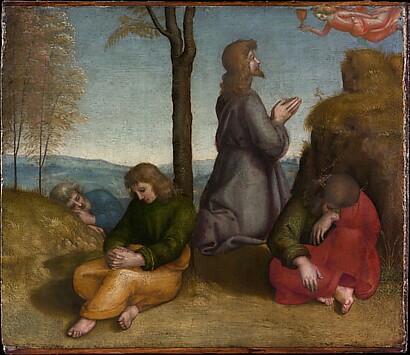
ca. 1504

second half 8th century
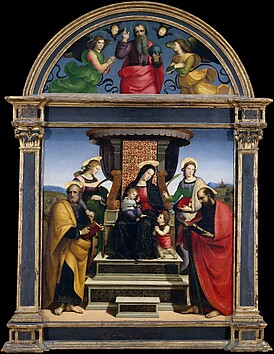
ca. 1504
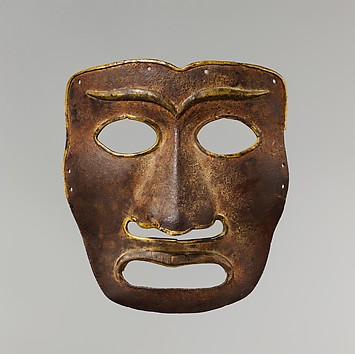
Mongolian or Tibetan
12th–14th century
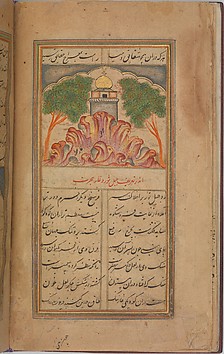
Muhi al-Din Lari
dated 1089 AH/1678 CE

Caravaggio (Michelangelo Merisi)
1610
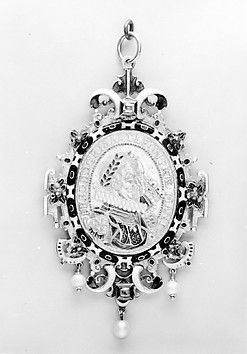
European
second half 19th century
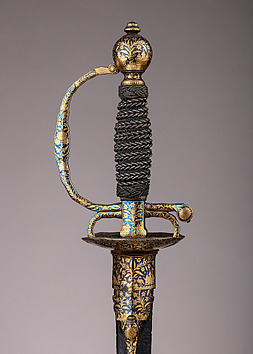
Northern Indian, for the Western market
ca. 1775
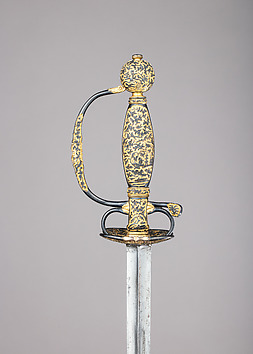
Japanese, possibly Dejima, for the Western market
ca. 1730
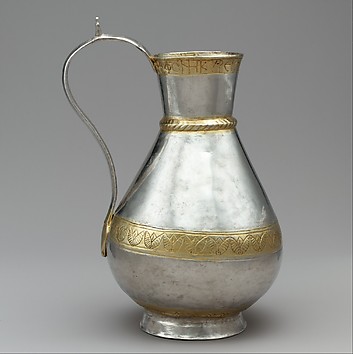
Avar or Byzantine
700s
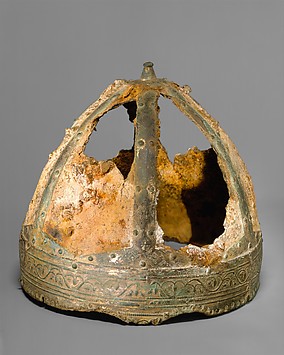
Byzantine or Germanic
6th–7th century
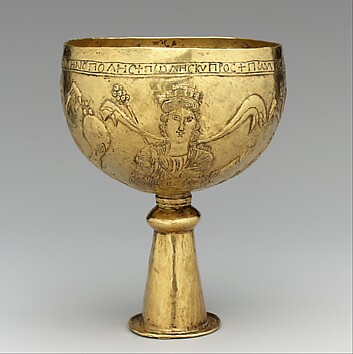
Avar or Byzantine
700s